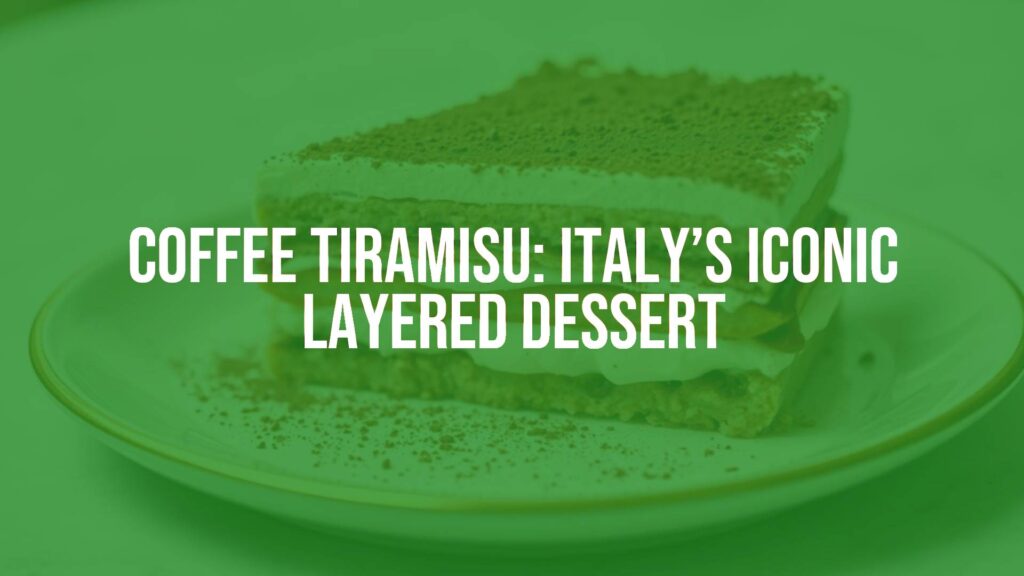Coffee Tiramisu: An Italian Dessert Classic
What Sets Coffee Tiramisu Apart?
Coffee tiramisu is an elegant Italian dessert renowned for its harmonious blend of rich coffee flavors, creamy mascarpone, and delicate ladyfinger biscuits. Characterized by its layered construction, tiramisu is celebrated for its contrasting yet complementary textures: the softness of soaked ladyfingers, the luxurious smoothness of the mascarpone cream, and the slight bitterness of cocoa powder dusted on top. Each bite combines a gentle sweetness with subtle notes of espresso, creating a dessert that is at once soothing and stimulating.
Historical Context and Regional Influences
The origins of tiramisu are a subject of some debate among food historians, though most agree it first appeared in the Veneto region of northeastern Italy in the late twentieth century. The name “tiramisu” translates to “pick me up” or “cheer me up,” a reflection of the dessert’s invigorating qualities, thanks largely to the inclusion of strong coffee. Tiramisu’s widespread popularity has seen it adopted and adapted in various Italian regions and beyond, each imparting subtle local twists while maintaining its essential character.
Key Ingredients and Composition
The foundational elements of classic coffee tiramisu include espresso or strongly brewed coffee, savoiardi (ladyfinger) biscuits, mascarpone cheese, eggs (often separated and whipped for added volume), sugar, and unsweetened cocoa powder. The ladyfingers are quickly dipped in coffee, allowing them to absorb flavor without turning soggy. These are layered alternately with a mascarpone mixture, often enriched with whipped egg yolks and whites or sometimes cream for added lightness. A generous dusting of cocoa powder completes the assembly, providing both visual appeal and a pleasant bittersweet note.
Common Variations and Substitutions
While traditionalists insist on strictly adhering to the classic formulation, coffee tiramisu has inspired many regional and modern variations. Some recipes incorporate a splash of Marsala wine, dark rum, or coffee liqueur into the coffee for added depth. Mascarpone might occasionally be replaced or supplemented with whipped cream or ricotta to suit local preferences or ingredient availability. For those wishing to avoid raw eggs, a cooked custard base is sometimes substituted. There are also deconstructed versions served in glasses and even vegan renditions using alternative dairy and egg substitutes. Flavored tiramisus with chocolate chips, nuts, or fruit such as strawberry or lemon are increasingly common in contemporary Italian households and restaurants.
Serving Suggestions and Pairings
Coffee tiramisu is typically served chilled, allowing the layers to meld and the flavors to mature. It is often cut into neat squares or rectangles and presented in clear dishes to showcase its distinct layers. Tiramisu pairs exceptionally well with a shot of espresso, a glass of sweet dessert wine like Vin Santo, or even a nitro cold brew for a contemporary twist. The dessert’s creamy texture and assertive coffee notes also complement light liqueurs or digestifs, making it a staple finale for Italian celebratory meals and casual gatherings alike.
Enduring Popularity
With its inviting combination of simplicity, sophistication, and robust coffee flavors, coffee tiramisu remains a universal favorite among Italian desserts. Its adaptability, ease of preparation, and sheer deliciousness have secured its legacy as a beloved staple, both in Italy and on dessert menus worldwide.

